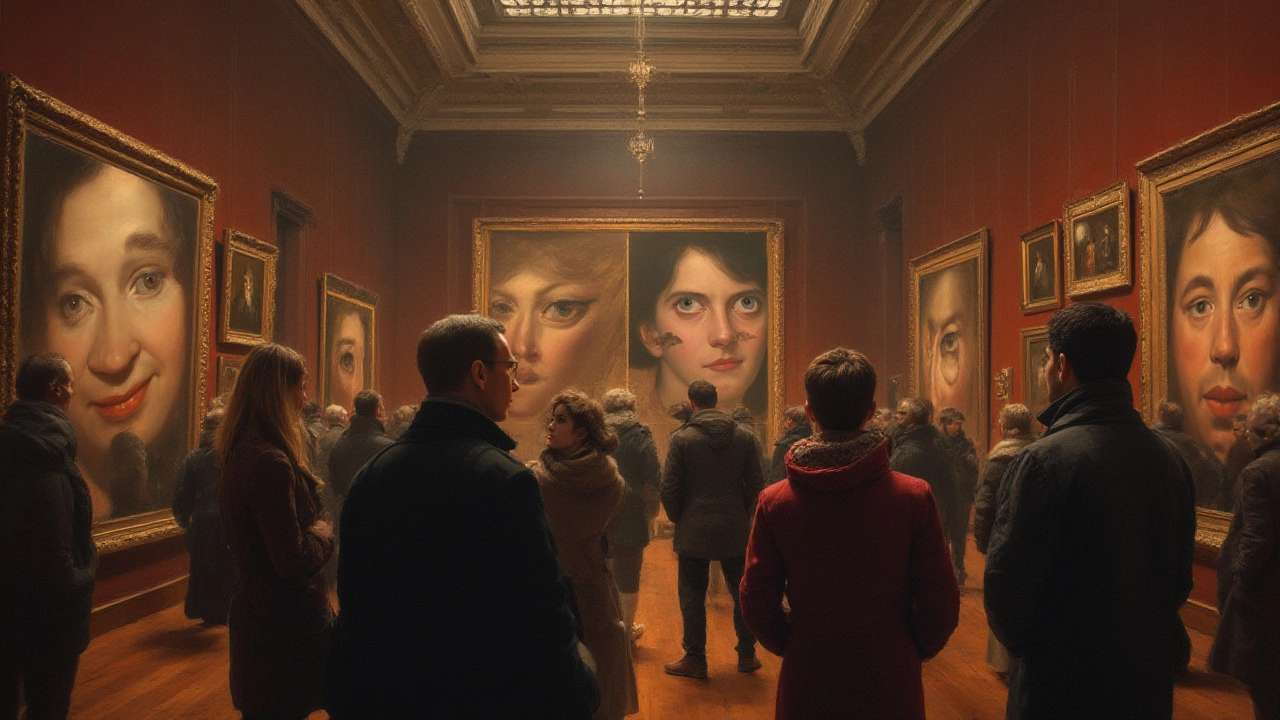Emotional Connection in Art – Why It Matters and How to Build It
When a painting makes you pause, smile, or feel a pang, that’s an emotional connection at work. It’s the secret sauce that turns a good piece into a memorable one. Whether you’re painting a portrait, sculpting a figure, or designing a digital splash, the goal is the same: make the viewer feel something real.
Understanding Emotional Connection
At its core, emotional connection is about storytelling without words. A portrait that shows the subject’s eyes can convey vulnerability, while an abstract piece that uses bold colors can stir excitement or calm. The "What Does Abstract Art Really Mean?" article shows how artists embed messages in shape and hue, letting the audience read feelings instead of text.
Research in art psychology tells us that our brains react to color, texture, and composition almost instantly. Warm colors like red and orange often raise energy levels, while cool blues can soothe. This fast response is why a landscape with the right palette, as explained in "Best Colours for Landscape Painting," can instantly transport you to a different place.
Practical Ways to Boost Feeling in Your Work
1. Start with a feeling, not a subject. Ask yourself, "What do I want the viewer to feel?" Then choose a subject that can embody that emotion. For example, a portrait painter might focus on the subject’s expression to highlight joy or melancholy, a tip covered in the "Do Portrait Painters Still Exist?" post.
2. Use contrast wisely. Pair a smooth background with a rough texture on the main subject to create tension. The "Best Backgrounds for Portrait Painting" guide suggests simple backgrounds that let the subject’s emotions shine without distraction.
3. Layer meaning. Add subtle symbols or details that reward close looking. In sculpture, cheap materials like reclaimed wood can tell a story of sustainability, as shown in "Cheapest Materials for Sculpture."
4. Play with light. Shadows can hide, reveal, or dramatize a scene. In watercolor, starting with light washes before adding depth, from "What to Paint First in Watercolor," helps you control mood gradually.
5. Invite the viewer’s own experiences. Art that hints at universal themes—love, loss, hope—lets people project their memories onto the piece. The "Emotional impact of abstract art" tag points to how viewers often feel something personal even when the image is non‑representational.
Remember, emotional connection isn’t a magic trick; it’s a series of thoughtful choices. Test your work on friends, ask how it makes them feel, and tweak accordingly. Over time, you’ll develop an instinct for what colors, lines, and textures trigger the right response.
Want more ideas? Check out posts like "Most Modern Art Styles" for cutting‑edge approaches, or "Acrylic vs Oil" for medium‑specific tips that affect mood. Each article offers a bite‑size lesson you can apply right away.
In the end, creating an emotional connection is about honesty. When you paint or sculpt something you truly care about, that sincerity leaks through the canvas and reaches the audience. Keep experimenting, stay curious, and let your feelings guide the brush.
